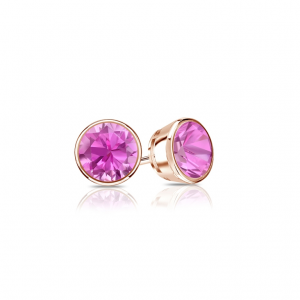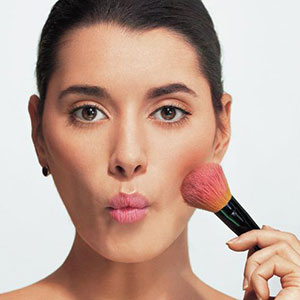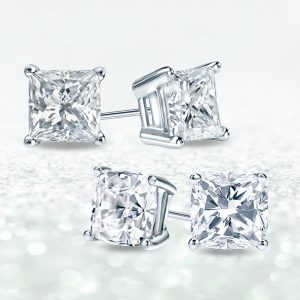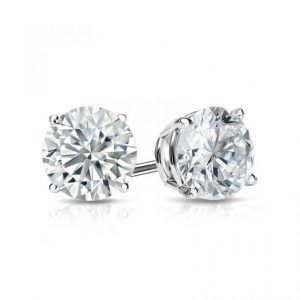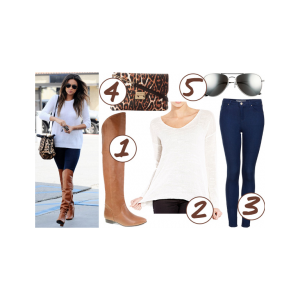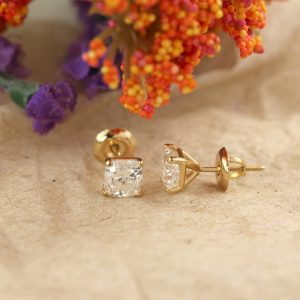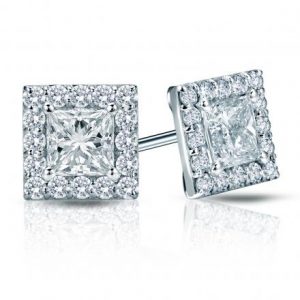Shopping for a diamond can be a bit confusing, especially if its your first time. But buying a diamond doesn’t have to be overwhelming if you get educated about the elements that make up a diamond. In this post, we’ve rounded up all the important diamond aspects you need to understand before buying a diamond. Read on to see our diamond buying tips and learn how you can easily understand the six major diamond qualities to help your purchase an informed one.
Diamond Buying Tips: Shape
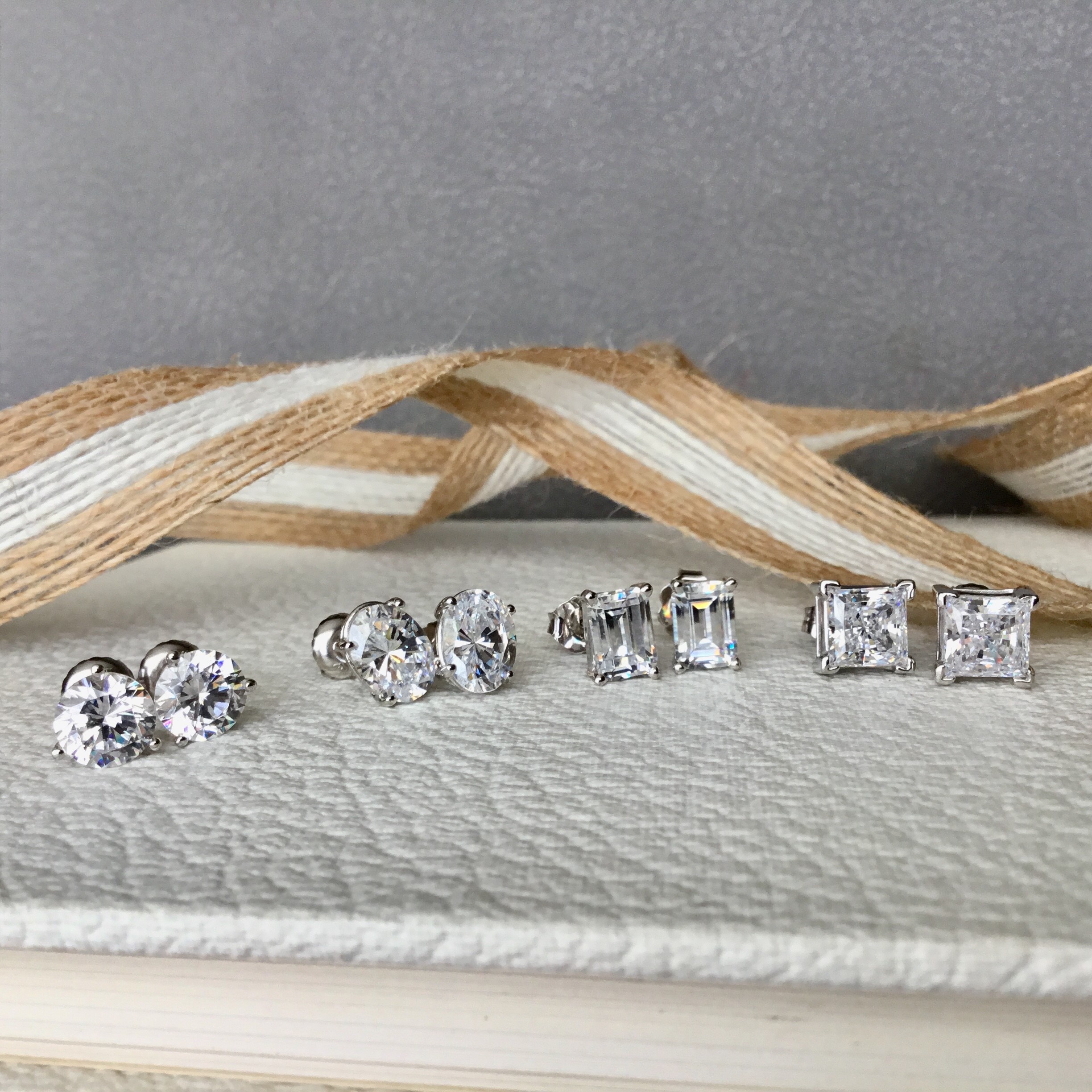
A diamond’s shape is a simple aspect to understand: it’s the shape the diamond has been cut into. The most popular diamond shape today is round, closely followed by princess, though there are many other diamond shapes, including cushion, asscher, emerald, oval, pear, marquise, and heart.
A diamond’s shape has perhaps the biggest impact on its style. So, when selecting your diamond shape, consider which shape is most visually appealing to you.
Diamond Buying Tips: Carat
The 4Cs (cut, color, clarity, and carat) are four measurements that can help you understand a diamond’s quality. Perhaps the most well known of the 4Cs is carat. However, many people mistakenly think that carat is a size measurement, when in fact it’s a weight measurement. It’s important to understand that carat is not necessarily a reflection of visual size. For example, some diamond shapes have more surface area on the table (the top) of the diamond and will look larger per carat. Additionally, a poor diamond cut can lead to much of the diamond’s size being hidden in the base of the diamond, which would usually be covered by a ring’s setting.
So, while a diamond’s carat can give you a general idea of its size, it’s important to also consider its cut, shape, and table measurement when considering size.
Diamond Buying Tips: Cut
A diamond’s cut is not a reflection of its shape, which is a different diamond quality. It’s actually a grading of how well a diamond was cut. The best diamond cut is excellent, followed in order by very good, good, fair, and poor.
When a diamond has an ideal cut, all the light that enters it is maximized, reflecting and refracting, creating beautiful sparkle. When it has a poor cut, most of the light that enters the diamond is lost through its sides or bottom, causing it to appear dull. Cut can have a major impact on the beauty of a diamond, so it’s important to keep that in mind when shopping.
Diamond Buying Tips: Color
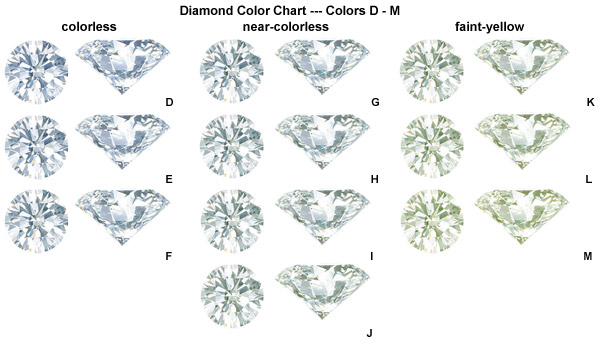
A diamond’s color is a measurement of how white a white diamond is. While diamonds do come in many bright colors such as pink, yellow, and blue, the white diamond color grading isn’t used for these. Instead, colored diamonds (also called fancy colored diamonds) are graded on how vivid they are and are ranked on a scale of fancy light to fancy vivid.
The white diamond color scale ranges from D to Z, with D colored diamonds being the purest white color (meaning they have no yellow tint at all). Generally, the diamonds used for jewelry are a K color at the lowest, as L through Z diamonds have an obvious yellow tint.
When shopping for a diamond, consider how important color is to you. D color diamonds are extremely rare, and therefore extremely expensive. So, you might want consider selecting a slightly less white diamond that will still be beautiful but will be far less costly.
Diamond Buying Tips: Clarity

A diamond’s clarity is a grading of how flawless it is. There are two kinds of flaws that can exist in a diamond: inclusions (internal flaws) and blemishes (external flaws). Here are the different clarity gradings:
FL: Flawless
IF: Internally Flawless
VVS1 and VVS2: Very, very slightly included
VS1 and VS2: Very slightly included
SI1 and SI2: Slightly included
I1, I2, and I3: Included
Flawless through VS2 diamonds are generally what is called “eye clean,” meaning the diamond’s flaws can’t be seen by the naked eye. As with all other diamond gradings, the higher the grading, the more expensive the diamond. Yet, many diamond flaws are microscopic, so choosing a diamond with some flaws can help you save money while still getting you a beautiful diamond. So, consider how important flawlessness is to you when shopping online.
Diamond Buying Tips: Fluorescence

Fluorescence is a marker of how a diamond reacts to UV light. If a diamond glows under UV light, it’s considered fluorescent and if it doesn’t, it’s not fluorescent. This is ranked on a scale of no fluorescence to very strong fluorescence.
Fluorescence can have an impact on a diamond’s appearance even when it is not under UV light. In sunlight, blue fluorescence can have a positive effect on a diamond’s color, helping yellow tinted diamonds appear more white, while a yellow fluorescence can make a diamond look more yellow.
Diamond fluorescence is somewhat of a hotly debated topic amongst jewelers. In the past, fluorescence was always considered a negative quality. However, today jewelers are split on the topic, as fluorescence doesn’t necessarily negatively impact the beauty of a diamond and can even sometimes enhance it. Whether you prefer diamonds with or without fluorescence is simply a matter of personal preference. If you’re unsure about how you feel about diamond fluorescence, you can always compare diamonds with and without fluorescence to see which you find more visually appealing.
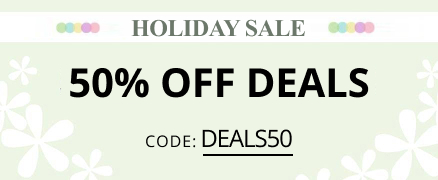
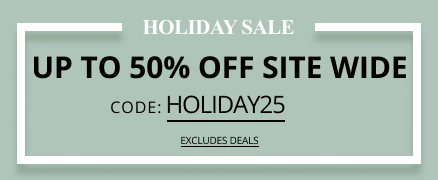

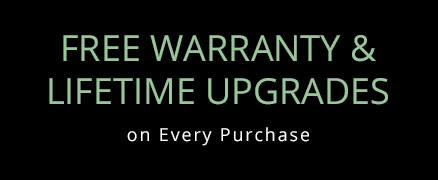



 1-855-969-7883
1-855-969-7883 info@diamondstuds.com
info@diamondstuds.com



